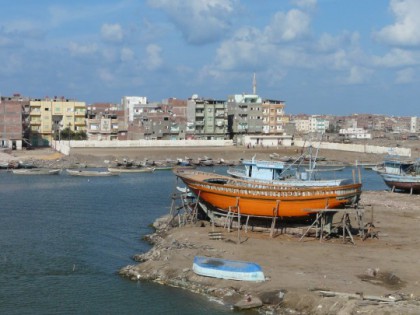
March 2012
 | March 2012 |
Sharing our data | |
|---|---|
 The Pegaso ICZM Platform will be supported by the development of a Spatial Data Infrastructure (SDI) reuniting spatial data at regional level. In this Spatial Data Infrastructure (1), all data and indicators from Pegaso participants will be shared, using the different services which will be offered through its Geoportal (2). The idea is to build a functional network of geographical sites (geonodes) (3) with all partners, supporting capacity in the South countries to co-develop and support existing geonodes and to build local/regional or national geonodes if requested by stakeholders. Data then will be easily accessible through a web portal that will also help in managing communication and dissemination of results amongst partners and the Shared ICZM platform components. PEGASO will support harmonization of data (4) and metadata (5) in order to integrate information from different sources. The Pegaso SDI will allow simple geographical information system manipulation (6) by all users and the downloading (7) of relevant data for more detailed local analysis. In order to further build capacity, special effort will be dedicated in the Project to support SDI and geonode construction amongst the participants, which may need it. An inventory report of project participants and main relevant EU Projects data and SDI was issued in May 2011. This report assesses the participants expertise and capacity to develop geonodes within the Spatial Data Infrastructure (SDI), as well as data availability for the development of the Pegaso SDI. It also covers an inventory of the available geodata, indicators (including statistical data) and other relevant spatial applications within European (and non EU) countries databases. In November 2011, the first draft of Guidelines for data harmonisation has been produced. This document, which is part of a set of guidelines and training material to build capacity related to the building of the SDI, includes concepts and key definitions of the principal components of the Pegaso SDI. Work continues with the development of the harmonization guidelines and use. The Pegaso SDI has also been migrated to a new server in which will be hosted for the rest of the project. Training materials and courses are being prepared and will be announced through the Pegaso site and this e-newsletter. Some key words: ICZM: Integrated Coastal Zone Management (1) Spatial Data Infrastructures-SDIs are more than just data repositories. SDIs store data and their attributes, and their related metadata, offering a mean to discover, visualize, and evaluate their fitness to different purpose, and finally provide access to the data themselves. (2) A geoportal is a web application offered by an organization which allows a standard access to its own geoinformation by means of a viewer, and also to other geoinformation available from external Web Map Servers. It can include a Catalogue of metadata related to its own geodata. (3) Every provider of geoinformation has to be considered as a "node" within the network of web map Servers which form a particular SDI. (4) "Harmonization is to create the possibility to combine data from heterogeneous sources into integrated, consistent and unambiguous information products, in a way that is of no concern to the end-user". (5) Metadata describes how, when and by whom a particular set of data or a service was collected or prepared, and how the data is formatted or the service is available. Metadata is essential for understanding information stored in and has become increasingly important. (6) A Geographical information system (GIS) gives the ability to merge different existing informations from different sources, facilitating collaboration for creating and analyzing data. | |